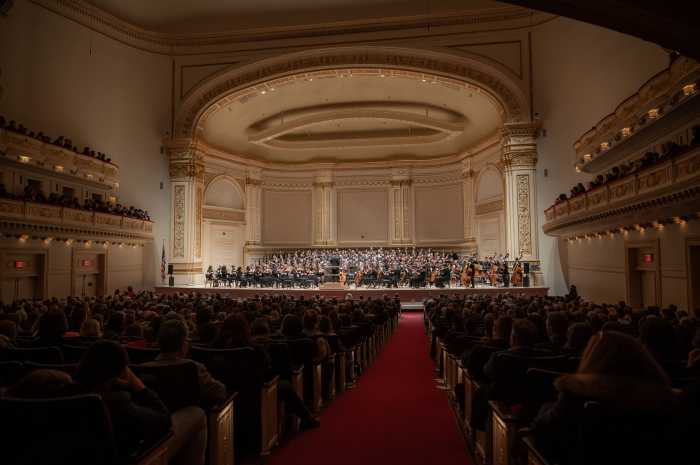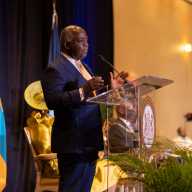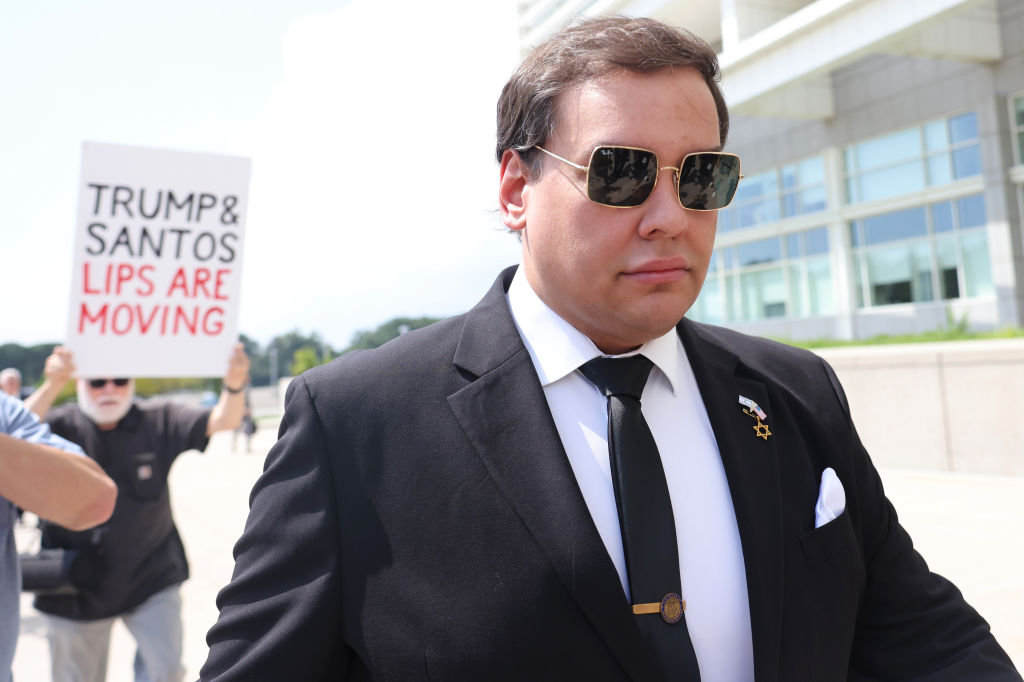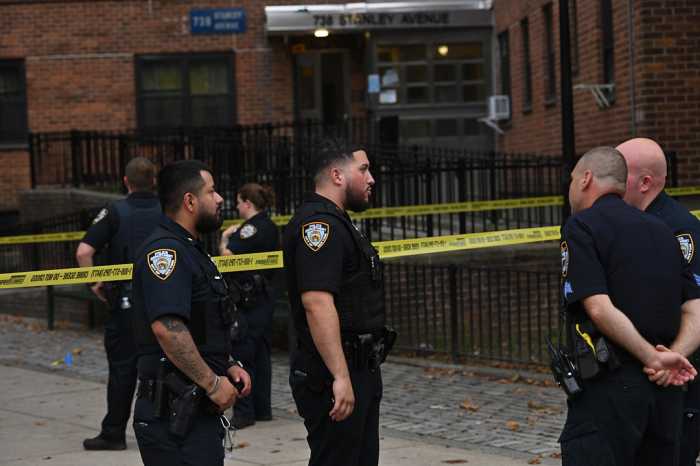Short of stature though she is, and with a voice that’s hardly the full-throated, take-charge type, the spunk that comes with the package that is Supreme Court Justice Ruth Bader Ginsburg would have prompted many a double-take, for sure. Little wonder, then, that word of alleged restlessness among some liberals who think that at age 80 she should consider resigning her position pretty soon has drawn from her, if not defiance, a resolve not to be pushed where she doesn’t yet care to go. The suggestion that leaving the court early enough to guarantee that her replacement is appointed by President Obama isn’t the kind of political chess game that will figure in her plans for a high court exit, Justice Ginsburg says.
In typical fashion, Ginsburg elected not to adhere to an “accepted” high court protocol of demurral in the face of such speculation. By contrast very out front on the matter of how fit she continues to be to serve as one of the associate justices, in a recent New York Times interview she sought to squelch whatever notions there might be of any quit on her radar. A member of the court since she was appointed by Bill Clinton in 1993, Ginsburg indicated in the Times article a sense of satisfaction with the quality time she has racked up: “I am now the most senior justice when we divide 5-4 with the usual suspects,” the Times quoted her.
But Ginsburg’s pooh-poohing of the political calculus notwithstanding, in the determination of who becomes a member of the court, circumstances such as the reported consternation now projecting her into the spotlight cannot but recall for us the highly politicized beast that is today’s high court. Even subsequent to the famous “strict constructionist” code language that Richard Nixon regularly advertised as his court nominee guidelines, there have been Republican appointees who didn’t seem held to the same rigid ideological bar as in these times of far-right dominance of the GOP. John Paul Stevens was nominated by Gerald Ford and in time became the leader of the court’s liberal wing. Sandra Day O’Connor was a Reagan appointee who came to be seen, despite a conservative bent, as one who was an easy fit with the court’s middle ground.
Per previous allusion here, we can probably kiss goodbye forever any hope of an Earl Warren type Republican leading the charge to bring about the sweeping social changes spurred by rulings like Brown v. Board of Education and others back in the 1950s and 60s. Sadly, today’s court is more likely to perform as it did recently in gutting the Voting Rights Act. Ginsburg, indeed, was unequivocal in her characterization of the court, as reported in the Times: “If it’s measured in terms of readiness to overturn legislation, this is one of the most activist courts in history.” And no objective observer of court behavior in the current polarized setting would have the slightest doubt about the fate of Roe v. Wade, for instance, if a Republican president had the opportunity to replace Justice Ginsburg or one of her colleagues on the liberal wing. Not that Roe may not be in trouble even now (with so-called swing vote Justice Anthony Kennedy showing up who knows where).
One does hope that the Ginsburg saga doesn’t play itself out in a manner that apes Justice Thurgood Marshall’s departure. If his health permitted, Marshall probably would have been willing to hang around to see whether a Democrat would be elected in 1992. Unfortunately, he had to give in to his fading health and retired in 1991. He was reportedly none too pleased with George H.W. Bush’s nomination of Clarence Thomas to take his seat and, if so, a lot more of America would come to know why.
It may be seen as bad form and not very respectful of the contribution of a fine jurist for some saber rattling about the need for Ginsburg to ease on out in time for this president to keep the high court equation as is. At the very least those signals could be termed premature seeing as how this is but the first year of Obama’s new term. Even so, one appreciates the anxiety a Republican president – either fully a part of or totally beholden to the party’s right side power bloc – would trigger for Democrats concerned that the court not tilt further.
Although Justice Ginsburg is very forthright about being able to be fully engaged with the responsibilities of her job, and she finessed her comments about presidential selection of her successor with the propriety expected of someone so stationed, she is of course fully cognizant of the political dynamic that unavoidably factors into her situation. One suspects that the attributes that have made her a judicial standout only complement the realist in the Ginsburg persona. It would be difficult to imagine Ginsburg, late in the Obama term and all things being equal, holding fast to a hard-nosed idealism that essentially ignores whither goes the court she obviously loves.
Ginsburg knows better than most that the framers intended that the Supreme Court comprise the best available judicial minds, but that it hasn’t necessarily gone that way. Judicial equanimity on the court has been compromised by a shameless pursuit of agendas. Ginsburg knows the deal. More than likely she’ll do down the road whatever circumstances warrant.






















